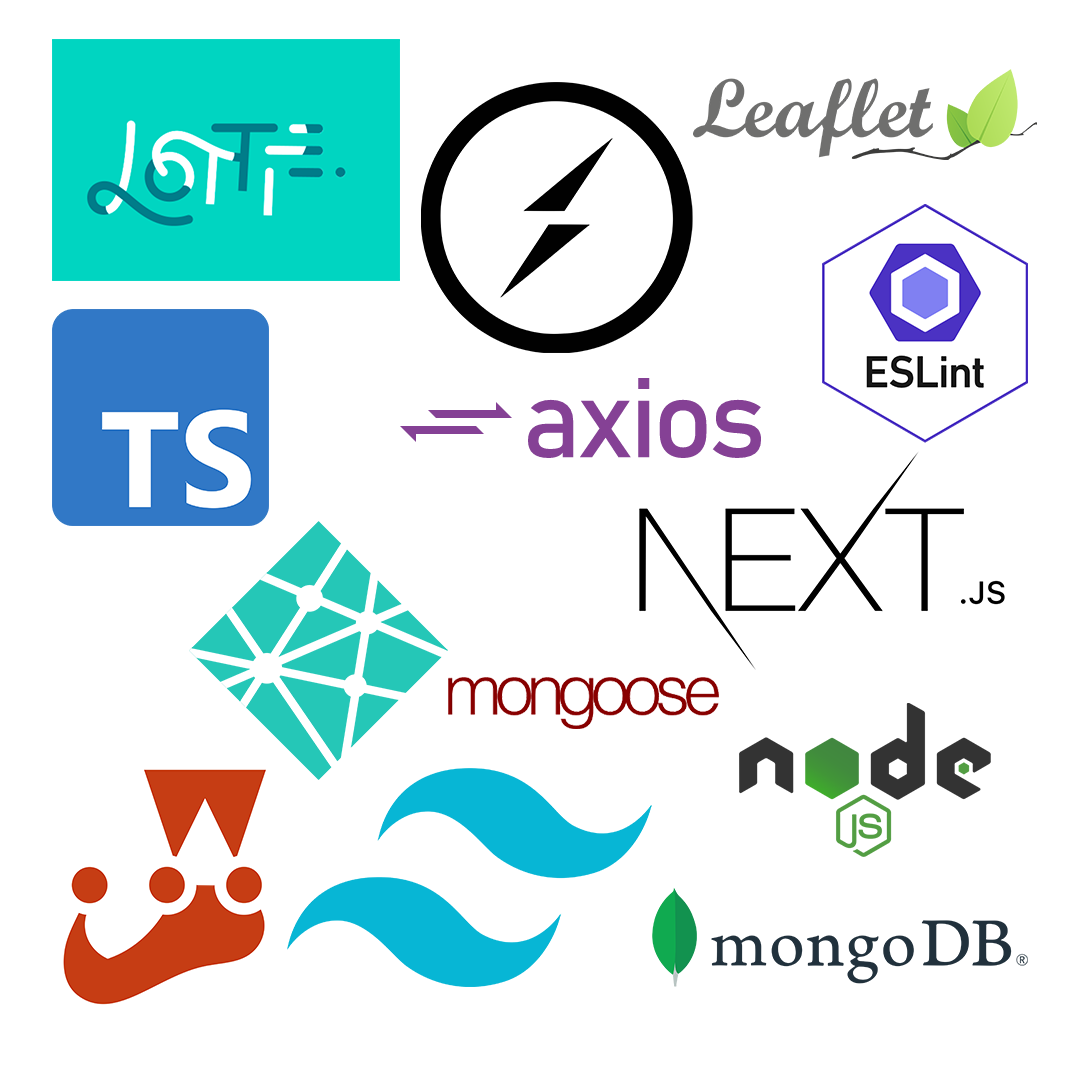Made by Team 423
See it, Post it, Found it
Ever lost a favourite hoodie and felt that sinking feeling? Or found a nice water bottle in the park and wished you could find the owner? That’s exactly why we built Foundit, our new lost and found platform. We’ve designed this platform to be your go-to resource for reconnecting with lost items with their homes. Our mission is simple: See it, post it, found it. The idea came from a collaborative brainstorming session, thinking about unique applications that we have not seen online (that may also help people). User Experience: User’s have the ability to search for items as a guest with limited functionality. Upon logging in user’s now have the ability to create postings for either a lost or found item, and interact with existing posts such as claiming items or editing their own listings. When posting, user’s can use an interactive map to place a marker of where they found the item. When someone claims an item, they are prompted with questions set by the author. Submission of answers to said questions prompts an email notification to the author where the answers can be reviewed and a chatbox between the two users can be accessed, allowing for discussion. Note: User authentication is unavailable on this demo.
The Team
Wan Lok
Hello! I’m Wan, A junior developer with a strange…
background stemming from Medical Science and have reskilled into tech to pursue my interest and work on some cool and amazing projects!.
Kevin Stephenson
Good morning, good afternoon, good evening, depending on…
where you are. Formerly an equities trader, I decided to trade in that lifestyle because I thought stressing and looking at screens all day wasn’t a good idea. So now I’m a full-stack Web Developer! Please reach out, I like making cool stuff.
Carly Zhong
Hi, I am Carly. I was an accountant and now I am…
transitioning into tech with a deep passion for software development and data engineering. I love using programming to solve real-world problems and create solutions that make life simpler, more efficient, and more human-centred.
Ellie Stan
Fueled by curiosity and a love of solving tricky problems,…
I’ve gone from helping customers to coding cool stuff through self-learning and Northcoders — and I’m loving every minute of it!
Irina Grigoras
Hello! I’m Irina, a passionate and dedicated junior…
software engineer with a background in electronics and strong problem-solving skills. I am eager to apply my knowledge to develop innovative and user-friendly software, utilizing technologies like Node.js, Express.js, React, and MongoDB.
Lera Dunning
Hi! I’m Lera. I come from an accounting background but…
discovered my passion for problem solving and technology, so I decided to change careers and dive into software development. I enjoy tackling challenges with code and am eager to learn new skills!
Tech Stack

We used JS, Jest, Resend, Node.js, MongoDB/Mongoose, Next.js, TS, Axios, ESLint, Leaflet, socket.io, tailwindcss, lottie, lucide, render, netlify We used Next.js, TypeScript, React, Axios, ESLint, leaflet, tailwindcss, lottie, and lucide for out front-end. We used this project as an opportunity to learn TypeScript for our front end as it is next.js compatible and allows for quick debugging and better typing control over JavaScript. Since the team had experience in using React, we chose to use the next.js framework which is based upon react and provides additional features to help in the project. Additional libraries we used were leaflet, tailwind, lottie, and lucide which were used for interactive maps, inline styling, loading animations and chat icons respectively. For our backend, we used JavaScript, Jest, Resend, Node.js, and Mongoose. We chose to use JavaScript, node.js and Jest as we had prior experience, with resend being used for email notifications. MongoDB was our chosen database host, storing information like items and users, as it provides a noSQL syntax which was a new learning experience compared to our previous PSQL knowledge. Socket.io was used full-stack which implemented our live chat functionality.
Challenges Faced
While building our ‘FoundIt’ project, we encountered several challenges that became valuable learning experiences. One key lesson was about planning. It became clear that stronger initial planning would have greatly benefited our project. When we began connecting the project to our database, we discovered our initial setup was lacking and we needed to create more tables to store data. This meant we had to adjust our backend design, which took extra time. Another challenge involved keeping our code clean and consistent. As we brought different parts of the project together, ensuring all the code followed the same style and merging it smoothly became a major focus. We learned the importance of clear coding standards. Finally, we also found that our early explorations of new tools, like MongoDB, could have been deeper. If we had spent more time at the beginning truly understanding how to structure our files and systems, we could have saved a lot of setup time later in the project. Whilst working on the project, we also discovered new tools to implement such as leaflet and lucide which could have been found during our planning and spiking phases.